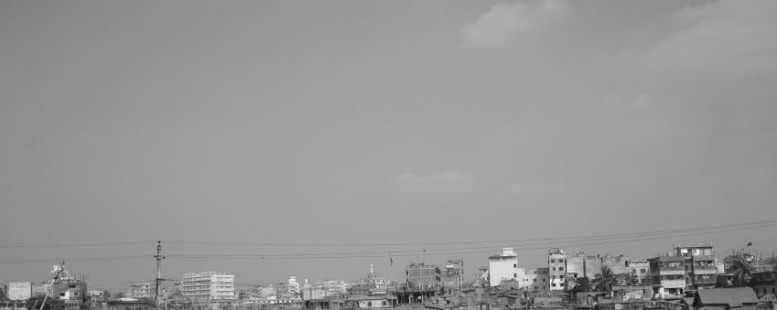Our Opinion: 2014
The Bangladesh transformation

It is a privilege to be in Dhaka and witnessing, first hand, this South Asian success story that has delivered growth of around 5% to 6% annually for most of the last 20 years.
A focus on entrepreneurship, economic activity and employment appears to be providing real gains. This contrasts with nearby countries, like Pakistan, where chronic woes persist.
Bangladesh refers to its focus on export driven employment as “trade not aid,” and garment exports account for almost 80% of the country’s total. In 1984, only 120,000 people were employed in the sector. That now stands at over four million in 5,600 factories. Bangladesh has risen to being the number two garment exporter, second only to China.
Yet, Bangladesh’s growth has taken place in the context of relatively limited inspections of factories and often in-effective governance. Last month was the first anniversary of the Rana Place tragedy, when more than 1,100 workers perished when the building they were working in collapsed on them. The accident was the World’s worst in the garment industry and it focused minds on the urgent need to improve safety. It also compelled governments, retailers and international buyers to address the issue.
Bangladesh’s association with factory tragedy has, arguably, overshadowed the most important element of the garment industry. Despite its clear problems, the sector has contributed handsomely to economic growth and provided employment to four million workers, mainly women. But a year later, despite substantial improvement in raising wages and getting factory inspections underway, progress is patchy. Unless Bangladesh moves quickly to truly transform safety conditions in the garment industry, buyers will shift their orders elsewhere.
Since last April, wages in the garment industry have increased some 79% and allowed unions to form. New labour laws, an Accord on Fire and Building survey (backed by EU – where 60% of garments land up – and US companies) and an Alliance for Worker Safety, all promise to redress these problems.
This is all good news but much work still needs to be done. Inspection reports last month detailed inadequate findings, such as non-fire rated doors – the most basic and known safety standard. Garment exports recently slowed, according to Reuters. Some of this is attributed to higher wages, but a reputation for poor safety standards does not help. Disney, for instance, removed Bangladesh from their list of permitted sourcing countries in 2012, even before the Rana Plaza collapse. Ethics are becoming a crucial part of brand identity and consumer awareness. Bangladesh cannot afford to lose retailers confidence that they can safely source from its factories.
In seven years, Bangladesh celebrates 50 years of independence and aims to become a middle-income country. Goldman Sachs names it as one of the next 11 emerging world economies (referred to as N11). The percentage of population living below the poverty line has halved from 62% in the early 1990s to about 31%. Over the same period, it has made a commendable transition from an aid-dependent economy to being a trading nation. Aid now represents less than 2% of Gross Domestic Product.
Professor Mustafizur Rahman, Executive Director of the Centre for Policy Dialogue in Dhaka, said recently “Ensuring higher domestic investment, attracting more Foreign Direct investment, getting our diaspora involved in Bangladesh’s development, developing public-private partnerships and creating opportunities for our young generation of entrepreneurs and innovators will be important.”
The widespread confidence in Bangladesh that its time has come is plain to see. Its transformational journey is beginning.
